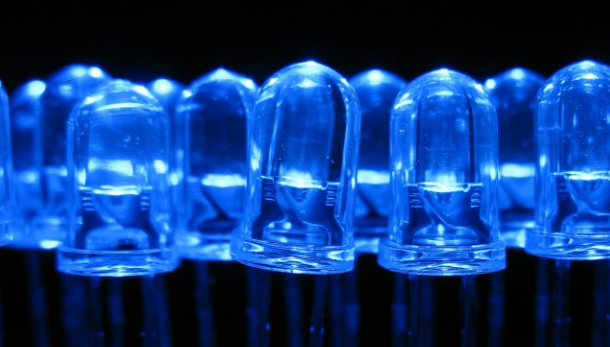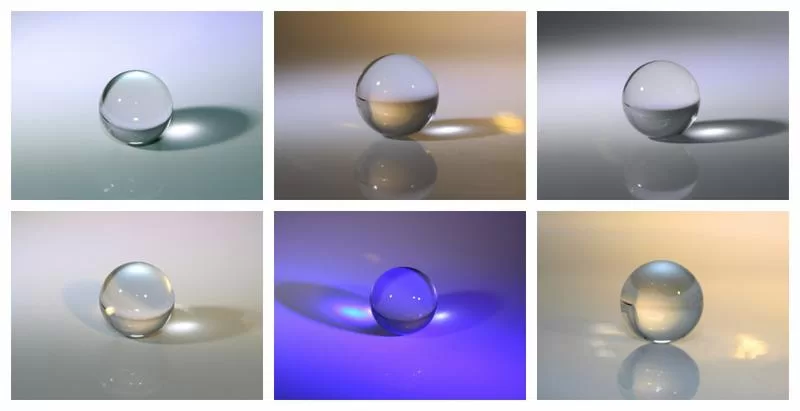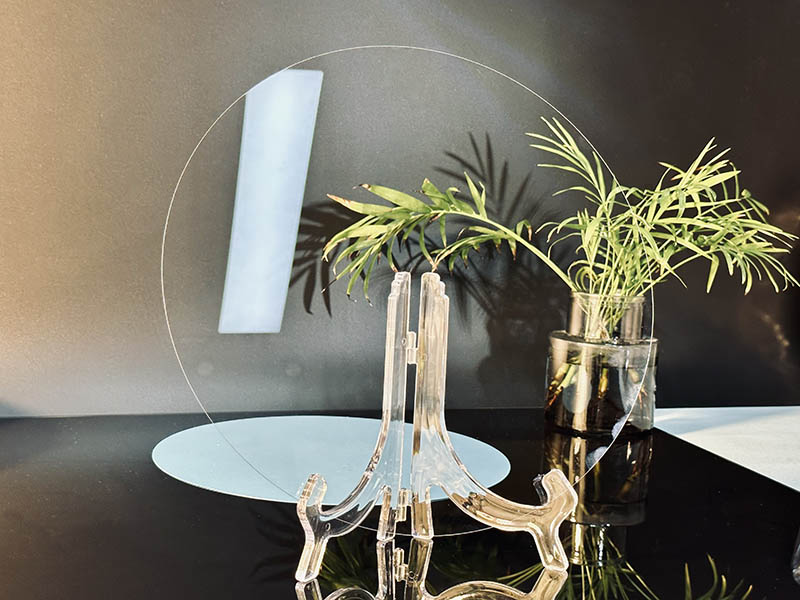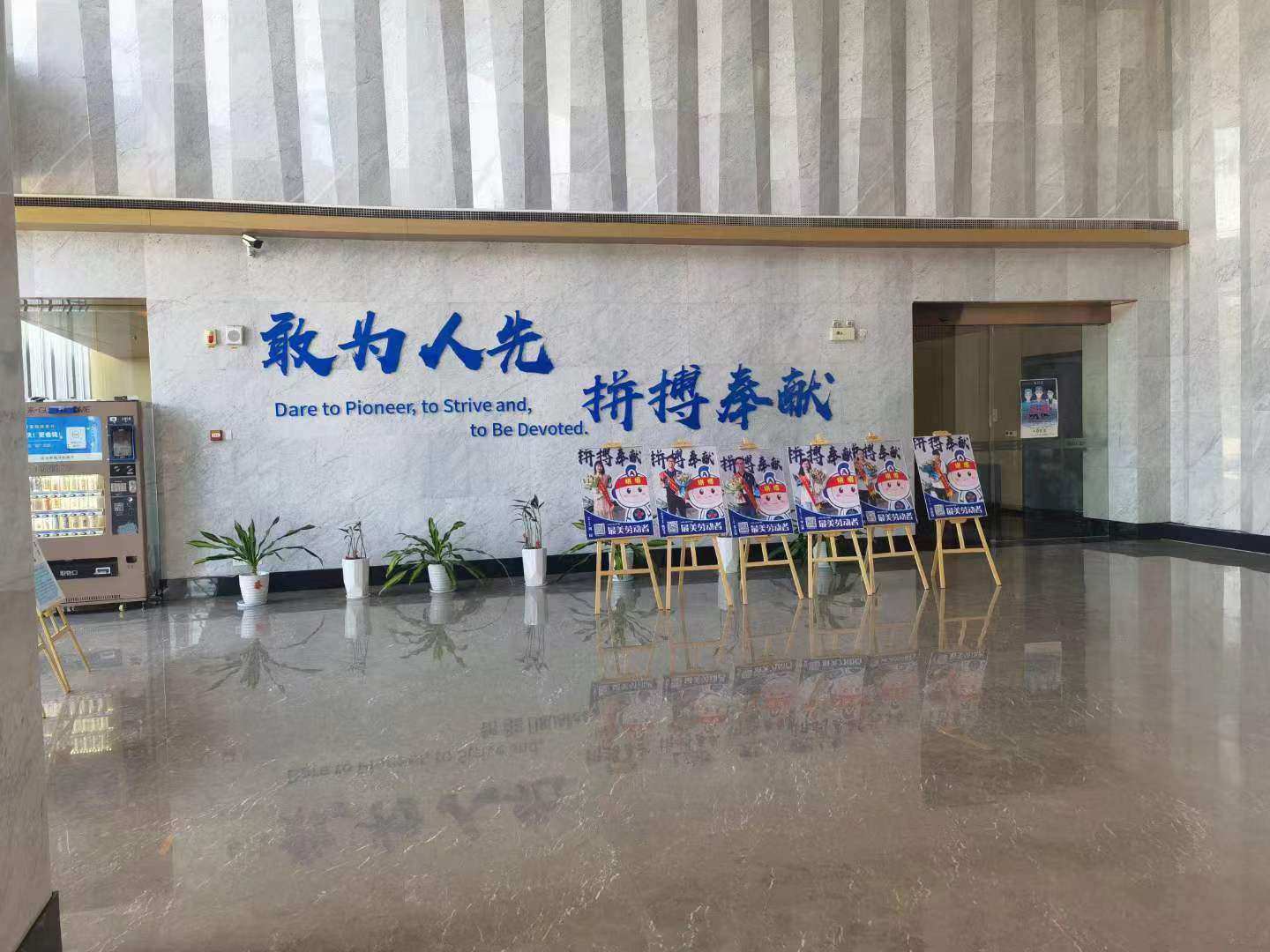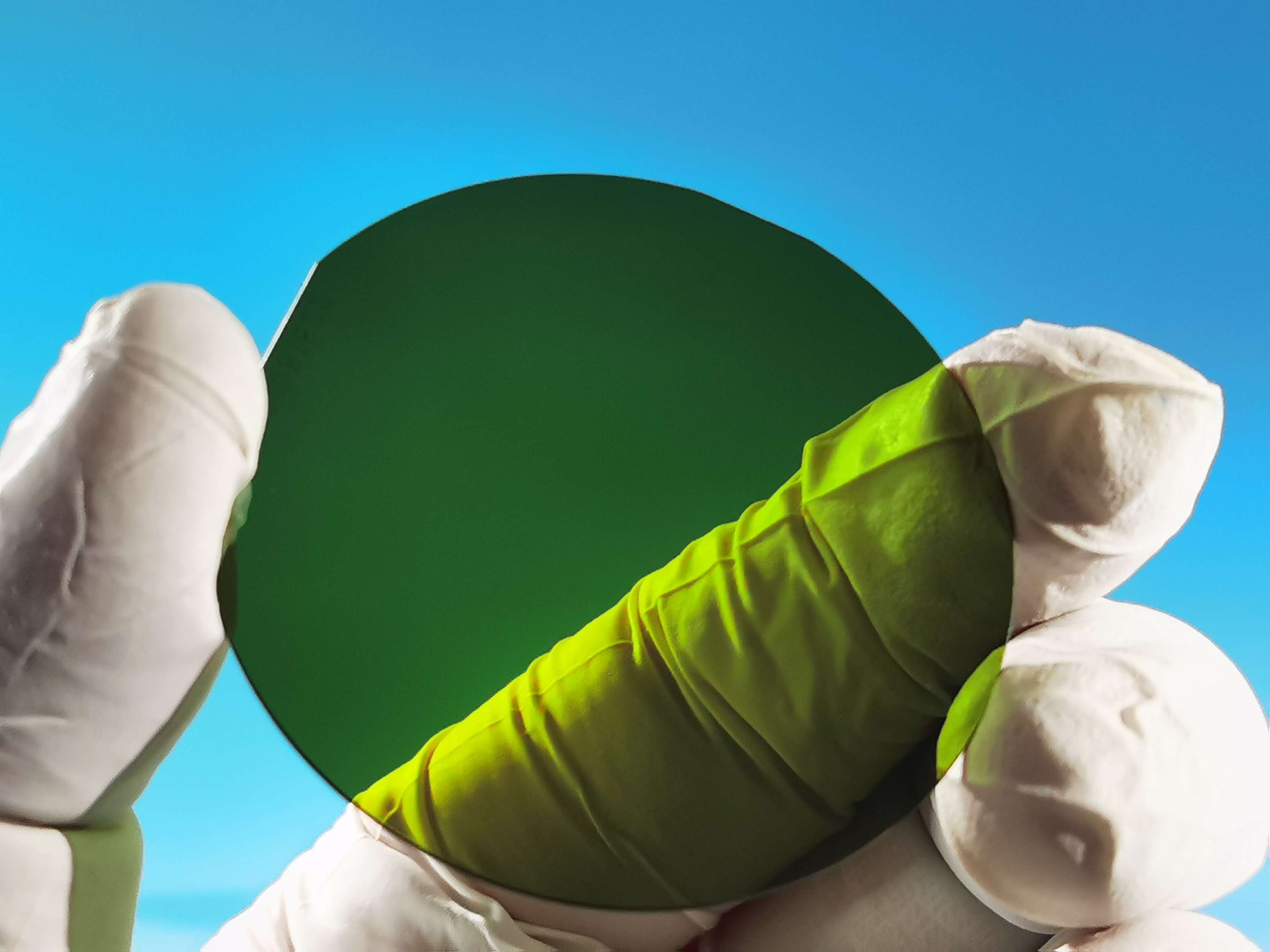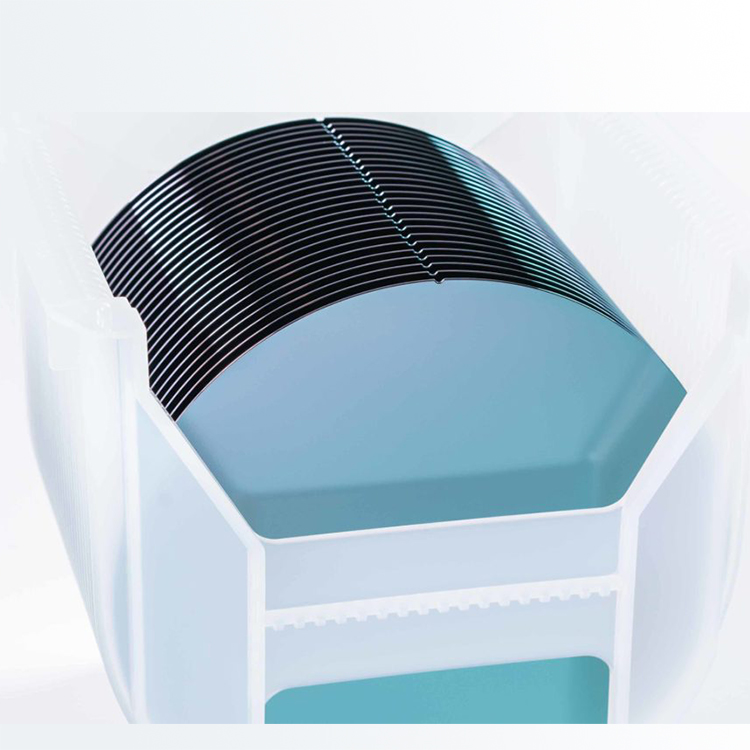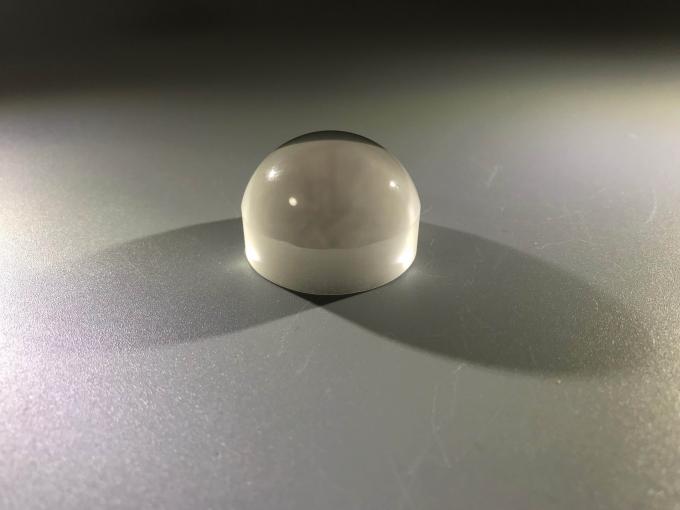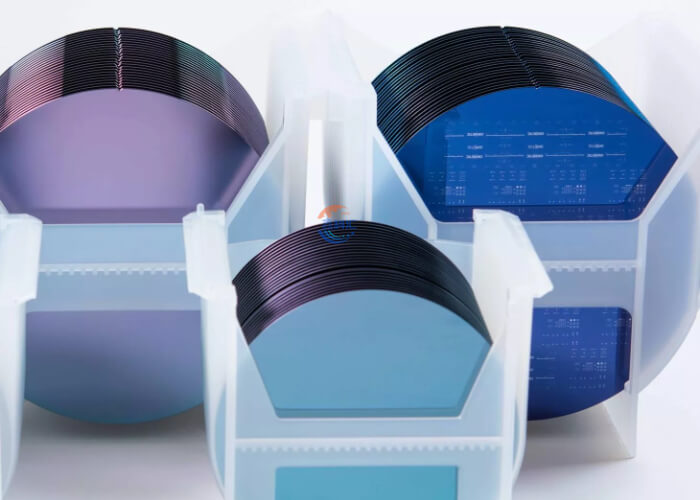Sapphire Glass Ball Lens‘ abstract
Introducing our Sapphire Glass Ball Lens, a revolutionary component poised at the forefront of cutting-edge medical technology. Crafted with precision and durability in mind, thisSapphire Glass Ball Lens stands as a beacon of innovation, enhancing the capabilities of medical devices across various applications.
Designed to meet the exacting demands of modern healthcare, our Sapphire Glass Ball Lens boasts exceptional optical clarity and resilience, making it an indispensable asset in medical imaging, diagnostics, and therapeutic procedures. Its flawless spherical shape ensures unparalleled precision in light manipulation, facilitating accurate focusing and collimation for enhanced imaging resolution and diagnostic accuracy.
With its unparalleled durability and biocompatibility, our Sapphire Glass Ball Lens is well-suited for integration into a wide array of medical devices, including endoscopes, laser delivery systems, and surgical instruments. Its resistance to scratches, abrasion, and chemical corrosion ensures long-term reliability, even in the most demanding clinical environments.
Whether utilized in minimally invasive surgeries, diagnostic imaging systems, or laser-based therapies, our Sapphire Glass Ball Lens sets a new standard for excellence in medical optics. Elevate your medical technology solutions to new heights with the unmatched performance and reliability of our Sapphire Glass Ball Lens. Experience the future of medical innovation today.
Sapphire Glass Ball Lens‘ properties
- Optical Clarity: Sapphire glass ball lenses exhibit exceptional transparency, allowing light to pass through with minimal distortion or dispersion. This property ensures that the Sapphire Glass Ball Lenscan accurately transmit and focus light, crucial for applications requiring precise optical performance, such as medical imaging and laser systems.
- Hardness: Sapphire is one of the hardest materials available, ranking only below diamond on the Mohs scale of hardness. This exceptional hardness provides resistance to scratches and abrasions, ensuring the longevity and durability of the Sapphire Glass Ball Lens, even in harsh operating environments.
- Durability: Sapphire glass lenses are highly durable and can withstand a wide range of environmental conditions, including high temperatures, exposure to chemicals, and mechanical stress. This durability ensures that the Sapphire Glass Ball Lensmaintains its optical performance over time, making it suitable for long-term use in demanding applications.
- Biocompatibility: Sapphire is biocompatible, meaning it is non-toxic and does not induce adverse reactions when in contact with biological tissues. This property makes sapphire glass lenses suitable for medical applications, such as endoscopy and surgical instruments, where compatibility with the human body is essential.
- Thermal Stability: Sapphire lenses maintain their optical integrity across a wide temperature range, ensuring consistent performance in varied operating environments. This thermal stability is crucial for applications subjected to temperature fluctuations, such as aerospace and industrial optical systems.
- Corrosion Resistance: Sapphire is highly resistant to corrosion from acids, alkalis, and other harsh chemicals. This resistance ensures the longevity and reliability of the lens, even in challenging environments where exposure to corrosive substances is common.
- Precision Spherical Shape: Sapphire glass ball lenses are manufactured with precise spherical geometry, allowing for accurate focusing and collimation of light rays. This precision ensures optimal optical performance and minimal aberrations in imaging and laser applications.
- Low Birefringence: Sapphire exhibits minimal birefringence, meaning it has uniform optical properties and does not introduce polarization effects or distortions in light transmission. This property is essential for high-quality imaging performance in applications such as microscopy and optical metrology.
- High Refractive Index: Sapphire has a high refractive index, enabling efficient light bending and convergence. This property is crucial for optical systems requiring compact designs or for achieving specific optical effects, such as light focusing and magnification.
- Versatility: Sapphire glass ball lenses are highly versatile and find applications across various industries, including medical imaging, laser technology, microscopy, and industrial optics. Their combination of exceptional optical properties makes them suitable for a wide range of demanding applications.
Data sheet
| Lens Type | Ball lenses, half-ball lenses | Materials | Optical grade single crystal sapphire, ruby |
| Diameter Range | 0.5mm~100mm | Diameter Tolerance | ±0.02mm |
| Surface Roughness | 0.1μm | Surface Quality | Option: 80/50, 60/40, 40/20 or 20/10 S/D |
| Coating | according to customer’s requirement |
Physical and Optical Properties:
| Transmission Range | 0.225-5.5μm | Refractive Index | No 1.75449; Ne 1.74663@1.06μm |
| Reflection Loss | 14%@1.06μm | Absorption Coefficient | 0.3×10-3cm-1@2.4μm |
| Reststrahlen Peak | 13.5μm | dn/dT | 13.1×10-6@0.546μm |
| dn/dμ=0 | 1.5μm | Density | 3.97g/cc |
| Melting Point | 2040℃ | Thermal Conductivity | 27.21 W m-1 K-1 @300K |
| Thermal Expansion | 5.6 (para)& 5.0(perp)x10-6/K* | Hardness | Knoop 2000 with 2000g indenter |
| Specific Heat Capacity | 763 J Kg-1 K-1 @293K | Dielectric Constant | 11.5 (para) 9.4 (perp)@ 1MHz |
| Youngs Modules | 335Gpa | Shear Modules | 148.1GPa |
| Bulk Modules | 240GPa | Elastic Coefficients | C11=496 C12=164 C13=115 C33=498 C44=148 |
| Apparent Elastic Limit | 300 MPa (45000 Psi) | Poisson Ratio | 0.25 |
| Solubility | 98×10-6g/100g water | Molecular Weight | 101.96 |
| Class/Sturcture | Trigonal(hex), R3c |
Sapphire Glass Ball Lens‘ applications
- Fiber Optics: Used as connectors or terminators in fiber optic communication systems for efficient light transmission and focusing.
- Laser Technology: Employed as laser collimators or beam expanders in laser systems for precise light manipulation and alignment.
- Medical Imaging: Integrated into endoscopes and medical imaging devices for clear visualization and diagnosis in minimally invasive surgeries and diagnostic procedures.
- Industrial Optics: Utilized in barcode scanners, laser measurement devices, and alignment systems for accurate positioning and detection.
- Aerospace: Applied in sensors, imaging systems, and guidance systems in aerospace applications due to their durability and resistance to harsh environments.
- Scientific Instruments: Found in microscopy, spectroscopy, and other analytical instruments for precise light manipulation and imaging.
- Defense: Used in surveillance, targeting systems, and missile guidance applications for their robustness and optical properties.
- Telecommunications: Integrated into optical transceivers and components for signal transmission and reception in telecommunications networks.
- Consumer Electronics: Incorporated into cameras, projectors, and optical sensors for improved imaging quality and performance.
- Research and Development: Utilized in various research applications such as optical experiments, metrology, and spectroscopic analysis.
manufacturing process for artificial Al2O3 (aluminum oxide) sapphire balls
- Raw Material Preparation: High-purity aluminum oxide powder and a suitable amount of seed crystal agent, typically aluminum oxide, are prepared.
- Melting: The aluminum oxide powder and seed crystal agent are mixed according to a specific ratio and then melted in a high-temperature furnace or similar equipment. The melting process requires precise control of temperature and atmosphere to ensure thorough mixing and melting of the materials.
- Crystal Growth: Under appropriate temperature and pressure conditions, the melted aluminum oxide is gradually solidified and crystallized. Controlling temperature gradients and growth rates during this process allows for the formation of single crystal aluminum oxide spheres of the desired size and quality.
- Sphere Formation: The grown single crystal aluminum oxide block is cut into spherical shapes as required. This step typically involves precise cutting equipment and techniques to ensure the accuracy of the sapphire balls’ shape and dimensions.
- Surface Treatment: The cut aluminum oxide spheres undergo polishing and surface treatment to achieve a smooth surface and high optical quality. Similar to the processing of natural sapphire balls, this step involves the use of abrasives and polishing agents to treat the surface.
- Quality Inspection: The finished artificial aluminum oxide sapphire balls undergo quality inspection, including checks on appearance, dimensions, surface smoothness, crystal quality, etc. This ensures that the products meet the customer’s requirements and standards.
This process involves precise manufacturing equipment and strict production control to ensure the quality and performance of the final products.
Q&A
What are sapphire lenses used for?
Both military and commercial aircraft, ground and water transportation vehicles use sapphire to protect visual systems, sensors, cameras, and lasers. Submarines also use sapphire because of its high pressure and saltwater resistance. In medical applications, sapphire lenses are widely used.
What is the function of the ball lens?
Ball lenses are often used as beam collimators for optical fibers and to improve signal coupling between emitters, detectors, and fibers. They have a high coupling efficiency and are easy to align.
What is a sapphire lens material?
Sapphire is the second hardest crystal next to diamond and, because of their structural strength, Sapphire crystal lenses can be made much thinner than other common materials. Chemically, Sapphire is single crystal aluminum oxide(Al2O3) and is useful in a transmission range from 0.15 to 5.5μm.
What is sapphire material ? One essay explain the all questions 2 Inch Sapphire Wafer With Good Price Sapphire Glass Ball Lens Premium Product Dia 3-0.25mm Applied in cutting-edge medical technology 6 inch diameter Silicon Carbide (SiC) Substrate Specification

